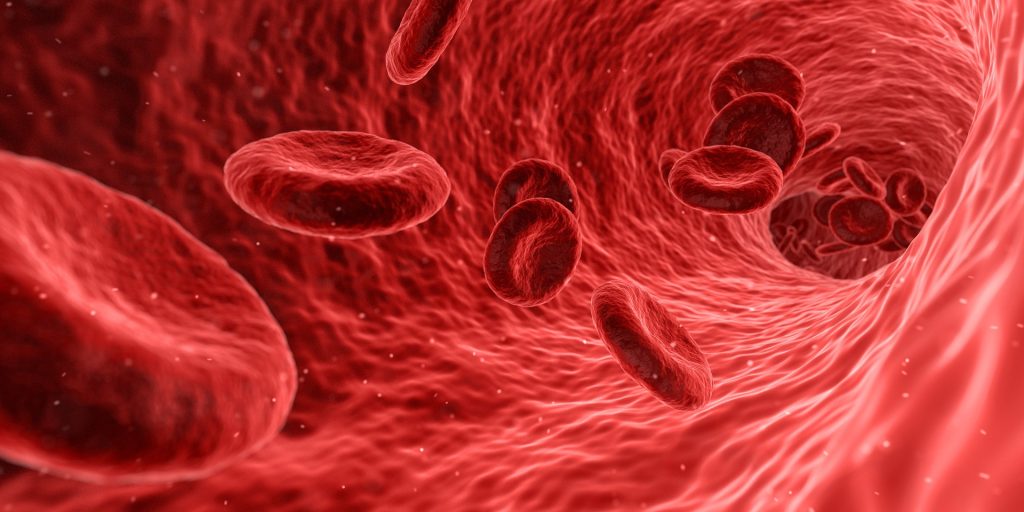Researchers have discovered a new mechanism of Alzheimer’s disease, one that disrupts the blood vessels around the disease’s characteristic amyloid plaques and worsens the disease progression.

Presently, Alzheimer’s disease is the leading cause of dementia worldwide. As economies develop and people live longer lives, its incidence is increasing dramatically as the population ages and yet, unfortunately, the origin of the disease is still unknown and there is no truly effective treatment.
The study was published in the international journal Nature Communications, and led by Dr Alberto Pascual’s laboratory, from the Neuronal Maintenance Mechanisms Group at the Biomedicine Institute of Seville (IBiS) and was chiefly carried out by María Isabel álvarez Vergara and Alicia E Rosales-Nieves.
Blood vessel formation disrupted
The study focuses on the dysfunction of a physiological process called angiogenesis, which is important during development to form the vessels of the brain, and in adulthood to repair any damage to pre-existing vessels. The researchers found that Alzheimer’s disease induces angiogenesis dysfunction, resulting in the loss of vessels instead of the formation of new ones and worsening the progression of the disease. Identification of the molecular pathways involved will enable new therapeutic strategies to alleviate the effects of this disease can be rationally designed. Their data also links familial (genetic) Alzheimer’s to problems in the formation of new blood vessels, which demonstrates the importance of the vascular component of the disease.
A vicious circle
A characteristic feature of Alzheimer’s patients is the accumulation of highly toxic substances in their brains, known as senile plaques. Normally, the brain is capable of cleaning out these toxic substances by carrying them away in the bloodstream. Therefore, the loss of the vessels due to plaques creates a vicious circle: having fewer vessels reduces the brain’s cleaning ability and so allowing more toxic substances to accumulate, which in turn continue to destroy the vessels and worsen the situation further. Additionally, since the human brain is a major consumer of the body’s oxygen and nutrients a local reduction in the supply of these substances through the blood represents an additional strain on it.
Source: News-Medical.Net
Journal information: Alvarez-Vergara, M.I., et al. (2021) Non-productive angiogenesis disassembles Aß plaque-associated blood vessels. Nature Communications. doi.org/10.1038/s41467-021-23337-z.

